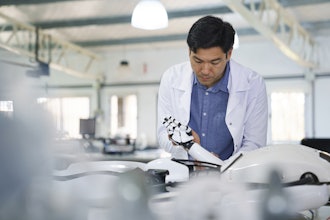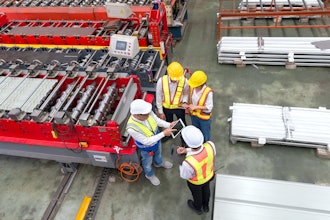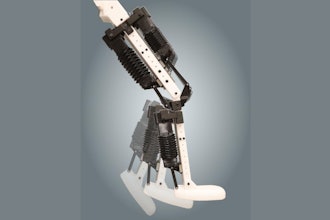Gizmodo is reporting that researchers at MIT are working to develop self-assembling cell phones.
MIT’s self-assembly lab has taken a basic cell phone designs and added magnetized snap-together locks at the corners of each of its pieces. The locks are made such that the phone can only fit together the correct way. Toss it all into a rotating cylinder (which they liken to a small clothes dryer) and, with enough time, enough random collisions actually result in a working phone.
MIT’s self-assembly lab is aimed at re-imagining construction, manufacturing, product assembly and performance, according to its website, which is full of descriptions of experiments that I barely understand. But one page I did understand was the “partners and sponsors” highlight, where big name manufacturers from P&G to BMW and Airbus put up a stake to help further the experiments that will someday help them utilize these new technologies and processes.
While this process seems long and clunky, MIT’s lab lead Skylar Tibbits swears its scalable and even easy to do so. Secondly, Tibbits told Fast Company that companies have been trying to keep costs low in one of two ways: shifting labor overseas or automating it. Either way, it's eliminating jobs. The self-assembly method wouldn't do much to save human labor, but it would automate the process at a much lower cost.
Now if the self assembly lab can just come up with a way to reassemble an iPhone screen after it’s been dropped and cracks into a million pieces, this advancement will truly help mankind.






















